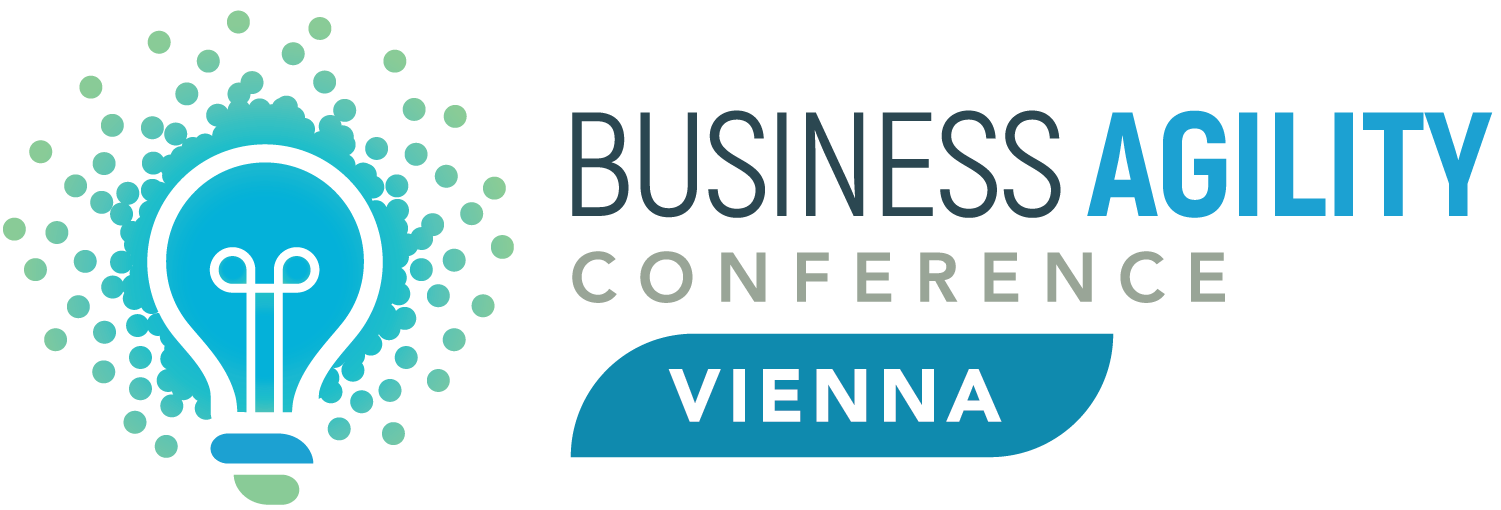Jutta Eckstein is my co-author on this book, and she wanted to be here to co-present today, but she’s off giving another presentation. We decided to write this book together because we wanted to understand the underlying reasons why certain business agility approaches work. We combined four methodologies—Beyond Budgeting, Sociocracy, Open Space, and Agile—into a synthesized approach.
The last part of our book discusses how to implement this synthesis using probing, a method essential for navigating complexity. Many of you are likely familiar with three of these methodologies, but how many of you are well-versed in Sociocracy or Holacracy? More than I expected! We even have two experts here from the Sociocratic Center in Vienna—Florian and Anne-Marie—so if you’re interested, please connect with them.
Dancing with VUCA
The term "Bossa Nova" is the metaphor we use for this synthesis—like the dance itself, it blends structure with adaptability. We encourage you to think of it as dancing with VUCA (Volatility, Uncertainty, Complexity, and Ambiguity). The key question is: are you afraid of VUCA, or can you embrace it?
When you look at VUCA, do you see it as ominous, like a thunderstorm? Or do you feel curiosity, wonder, and opportunity? Cultivating this mindset is essential for thriving in complexity. If your company operates in a VUCA world, the real question is: where do you start looking for opportunities?
Where Do You Begin?
Most companies begin with strategy and objectives. Alfred Chandler (1962) argued that structure follows strategy. Later, Hall and Saias countered that structure determines strategic opportunities. So which is it?
It’s actually more complicated. Some say businesses are organizations; others say businesses have organizations; others believe businesses are being organized. Similarly, some believe process follows structure, while others argue structure follows process. There’s no single right answer.
Understanding Complexity
VUCA means that cause and effect relationships are not clear. Many of us were trained in school to analyze problems through cause and effect, but in complexity, this approach fails. If you haven’t seen it, I highly recommend watching the TED Talk on The Marshmallow Challenge. It’s a great demonstration of rapid prototyping, where kindergartners consistently outperform CEOs in building structures with spaghetti, tape, and marshmallows—unless the CEOs have an executive assistant on their team!
What this teaches us is that rapid prototyping and iterative learning are skills we often unlearn as adults. In a VUCA world, we can’t rely on logical analysis alone; we must engage in continuous reflection and experimentation.
Practicing Reflection
Let’s try a quick exercise in reflection. Take 30 seconds to think about a complex situation you’re currently facing. It could be something as simple as, "What am I going to do after this conference?" or "Why did my child perform poorly on an exam despite studying?" Ready? Go.
Now, take another 20 seconds and ask yourself: What opportunities do I see in this situation? What sparks my curiosity? How can I leverage this situation rather than seeing it as confusing?
Sharing Insights
Now pair up with someone. Each of you will take 30 seconds to share what you came up with. Then switch. Ready? Go.
Stop. What you just did—thinking, then discussing—is a simple but powerful way to leverage complexity. It allows you to generate new ideas and insights by engaging with others.
The Reflection Cycle in Business
In a business context, reflection is just the first step. After reflecting, we need to:
- Compare and probe our situation.
- Form a hypothesis.
- Run an experiment.
- Conduct a retrospective.
- Decide what to do next.
This process is what businesses like Northern Tomato use to drive their transformations. They start with a hypothesis, experiment, and adjust based on results.
The Importance of Publishing Findings
One of the biggest gaps in business agility is the lack of rigorous, published findings. In academia, knowledge advances when scientists publish their experiments for peer review. The same should apply to business agility. We need clear, detailed documentation of our successes and failures so others can learn from them.
Examples of Business Agility Experiments
1. Is Trust Cheaper?
Many organizations have burdensome travel expense policies based on the assumption that employees can’t be trusted. But what if trust is actually cheaper? Some companies have experimented with simple travel rules: "Be economically sensible, be legal, and take care of yourself."
To test this, companies conducted pre- and post-surveys, measuring expenses and compliance. Some even made expense reports public, using social pressure as the only control mechanism. The result? Often, expenses decreased, and employee morale improved.
2. Do Performance Reviews Reflect Customer Focus?
Many companies claim to value customer satisfaction, yet their performance reviews don’t reflect it. One experiment involved letting an experimental unit write their own performance evaluation criteria, incorporating customer feedback directly.
By measuring customer satisfaction before and after, companies could see if self-defined evaluation criteria led to better customer outcomes.
3. Can Bonus Payments Be Decoupled from Performance Reviews?
In Beyond Budgeting, some organizations have experimented with team-based peer evaluations for bonuses rather than traditional performance reviews. Some have even allowed employees to elect their leaders and determine promotions collaboratively.
Designing Your Own Experiments
Now, think about a business challenge or personal situation. What hypothesis could you test? What experiment could you run? What will you measure?
Consider sharing your findings. The lack of knowledge sharing is a major barrier to advancing business agility. Where will you publish your results? Inside your company? With the Business Agility Institute? We need better platforms for cross-industry collaboration.
Leveraging Cross-Functional Teams
One of the most effective ways to generate hypotheses and experiments is through cross-functional teams, or what we call Value Centers. These teams include members from different departments—customer service, product development, finance, and even the board of directors—who collaborate on business experiments.
Final Thoughts
Business agility requires continuous learning, testing, and adaptation. One company that embraces this philosophy is Titansoft in Singapore and Taiwan. Their slogan is "We never stop developing." They actively use Beyond Budgeting, Open Space, Sociocracy, and Agile.
If you find yourself hesitating to take bold steps, remember: Blame Bossa Nova. You’re just dancing with complexity, embracing VUCA, and experimenting your way forward. And sometimes, you might even enjoy kissing the VUCA frog—it could be a great dance partner.
Thank you!



 Business Agility needs to address the company’s structure, strategy, and processes, all of which depend upon and influence each other. This insight means the simple view that structure follows process follows strategy is wrong; in fact, everything follows everything and in repeated small steps. Thus, the relationship between strategy, structure, and process is complex. The patterns in the relationship can’t be pinned down logically or, in other words, there is no logical entry point. The BOSSA nova approach recommends using probes to make these emergent patterns more visible and to leverage this complexity. (BOSSA nova synthesizes (B)eyond Budgeting, (O)pen (S)pace, (S)ociocracy, and (A)gile.) This presentation provides examples of probing your perspectives on the organigram.
Business Agility needs to address the company’s structure, strategy, and processes, all of which depend upon and influence each other. This insight means the simple view that structure follows process follows strategy is wrong; in fact, everything follows everything and in repeated small steps. Thus, the relationship between strategy, structure, and process is complex. The patterns in the relationship can’t be pinned down logically or, in other words, there is no logical entry point. The BOSSA nova approach recommends using probes to make these emergent patterns more visible and to leverage this complexity. (BOSSA nova synthesizes (B)eyond Budgeting, (O)pen (S)pace, (S)ociocracy, and (A)gile.) This presentation provides examples of probing your perspectives on the organigram.